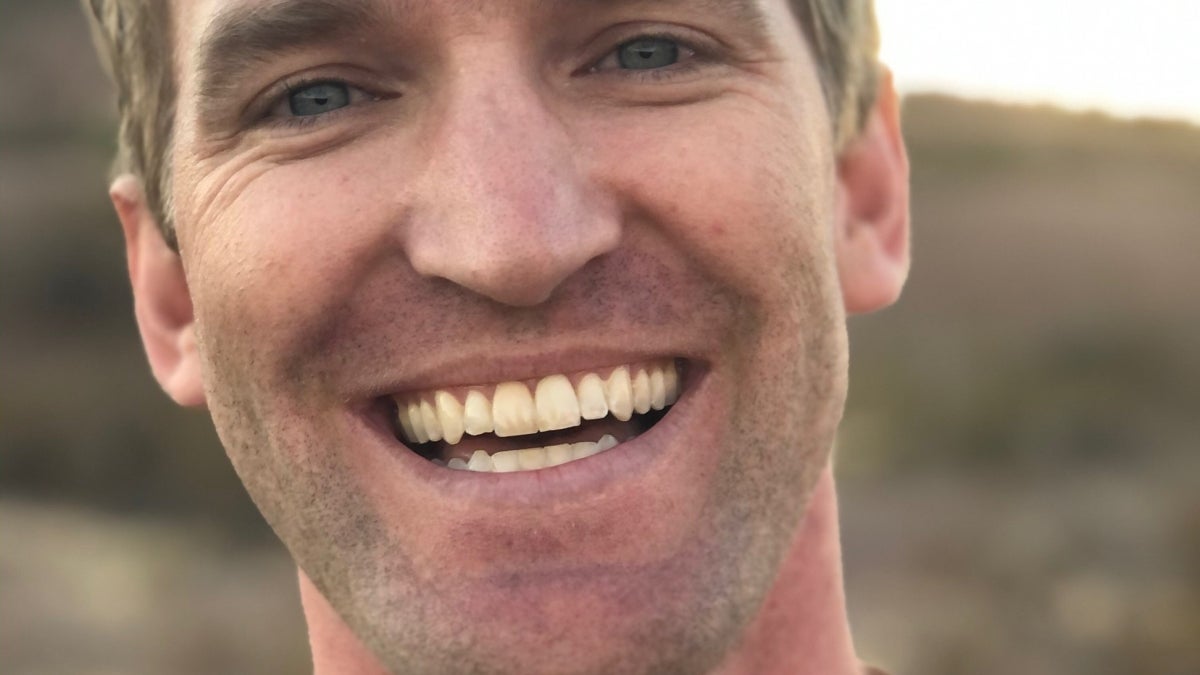River guide pursues the science of his surroundings

After working as a river guide for several years in the Grand Canyon, Logan Wren Raming began to recognize and appreciate the geology surrounding him. This fall, Raming will graduate with a PhD in geological sciences from ASU's School of Earth and Space Exploration.
Logan Wren Raming was a river guide for several years in the Grand Canyon, and it was during these expeditions that he began to recognize and appreciate the geology surrounding him. “You can’t really escape geology when you’re down there,” Raming recalls. “That’s when I realized geology is literally the coolest thing on this planet.” This fall, Raming will graduate with a PhD in geological sciences from Arizona State University's School of Earth and Space Exploration.
Originally from Salt Lake City, Utah, where he earned his undergraduate degrees in economics and geology, Raming decided to continue his education at ASU. “I chose ASU because of the dynamic and interdisciplinary nature of the School of Earth and Space Exploration. It really is an impressive place,” said Raming.
Raming also speaks highly of his outstanding mentor and advisor Kelin Whipple, a professor in the School of Earth and Space Exploration. “He really helped me develop a strong sense that in science everyone can bring their own unique and important contribution,” said Raming.
“Much of Wren’s research was conducted during the lockdowns of the global pandemic, severely limiting opportunities for field work,” said Whipple. “Wren has shown great resilience to persevere through challenging circumstances, augmenting the field research he could do with remote sensing, theory and modeling. His dissertation research is an impressive accomplishment.”
Raming was chosen for a School of Earth and Space Exploration Summer Exploration Graduate Fellowship, a program that allows graduate students to augment, improve or complement their ongoing research efforts via a new exploration-based activity. And as an outstanding graduate student, Raming was also selected for a National Science Foundation (NSF) Graduate Research Fellowship to pursue his research-based degree in science, technology, engineering and mathematics (STEM) and within NSF’s mission.
After graduation, Raming will continue researching surface processes that shape the Earth’s surface, focusing on floods. Here, he shares a few thoughts about his time at ASU:
Question: What’s the best piece of advice you’d give to those still in school?
Answer: Take the time to figure out where you thrive. There are infinite ways to make a living — might as well focus on something that brings you joy.
Q: What was your favorite spot on campus, whether for studying, meeting friends or just thinking about life?
A: The Mesquite Grove to east of the Biodesign Institute and the Skyspace Ramada — it’s a great place to walk around and decompress.
Q: If someone gave you $40 million to solve one problem on our planet, what would you tackle?
A: I would conduct aerial lidar surveys and analysis in populated mountainous terrains across the world to help address risks associated with natural hazards and adaptation to climate change.
More Science and technology

Turning up the light: Plants, semiconductors and fuel production
What can plants and semiconductors teach us about fuel production?ASU's Gary Moore hopes to find out.With the aim of learning how…

ASU technical innovation enables more reliable and less expensive electricity
Growing demand for electricity is pushing the energy sector to innovate faster and deploy more resources to keep the lights on…

What do a spacecraft, a skeleton and an asteroid have in common? This ASU professor
NASA’s Lucy spacecraft will probe an asteroid as it flys by it on Sunday — one with a connection to the mission name.The asteroid…

